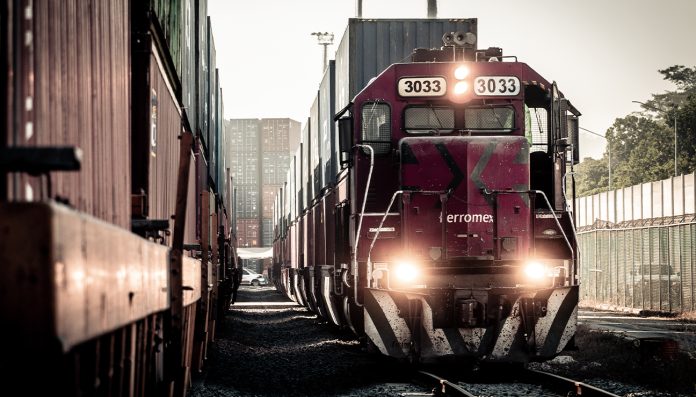Contecon Manzanillo (CMSA), a leading player in Mexico’s port sector and a subsidiary of International Container Terminal Services Inc (ICTSI), achieved a new milestone in January, handling 20,400 TEUs of rail cargo.
“The increased use of rail to receive and dispatch cargo is key for us. We started a growth plan together with customers and FERROMEX in 2021, which allowed us to gradually increase service volumes and reliability. Last January, we were able to move 23% of import cargo by rail and set a record for CMSA and the Port of Manzanillo,” explained José Antonio Contreras, chief executive officer of CMSA.
This marked a remarkable 68% increase compared to the same month in 2023, establishing the highest rail throughput in Manzanillo.
In collaboration with CMA CGM last year, CMSA inaugurated the first block train service from the Second Specialized Container Terminal (TEC-II) at the Port of Manzanillo to Valle de Mexico. This service expanded to include Monterrey, connecting the terminal with the country’s key consumption and production centres.
This year, CMSA is embarking on an expansion project, extending its rail tracks by 2.2 kilometres and acquiring new loading and unloading equipment to boost rail capacity by over 100%.
“In addition to the investment we are currently making in our container yards and docks, we are going to start the expansion of our railways in the coming months. Our goal is to double our rail volume by 2025 and take advantage of the resulting logistical and environmental benefits,” noted Contreras.
Moreover, by prioritizing container movement via rail, CMSA aims to offer customers and port users a more efficient and competitive alternative for transporting goods between the Pacific Coast and major consumption and production hubs such as the State of Mexico, Nuevo León, San Luis de Potosí, and Querétaro. These areas receive a substantial volume of imports from Asia via Manzanillo.
According to a statement, the increase in rail freight contributes to reducing truck traffic in the municipality of Manzanillo, alleviating road congestion, enhancing sustainability efforts, and supporting the terminal’s future expansion. Promoting rail cargo movement in Manzanillo not only benefits the terminal and supply chain stakeholders but also fosters economic growth and development regionally and nationally.







